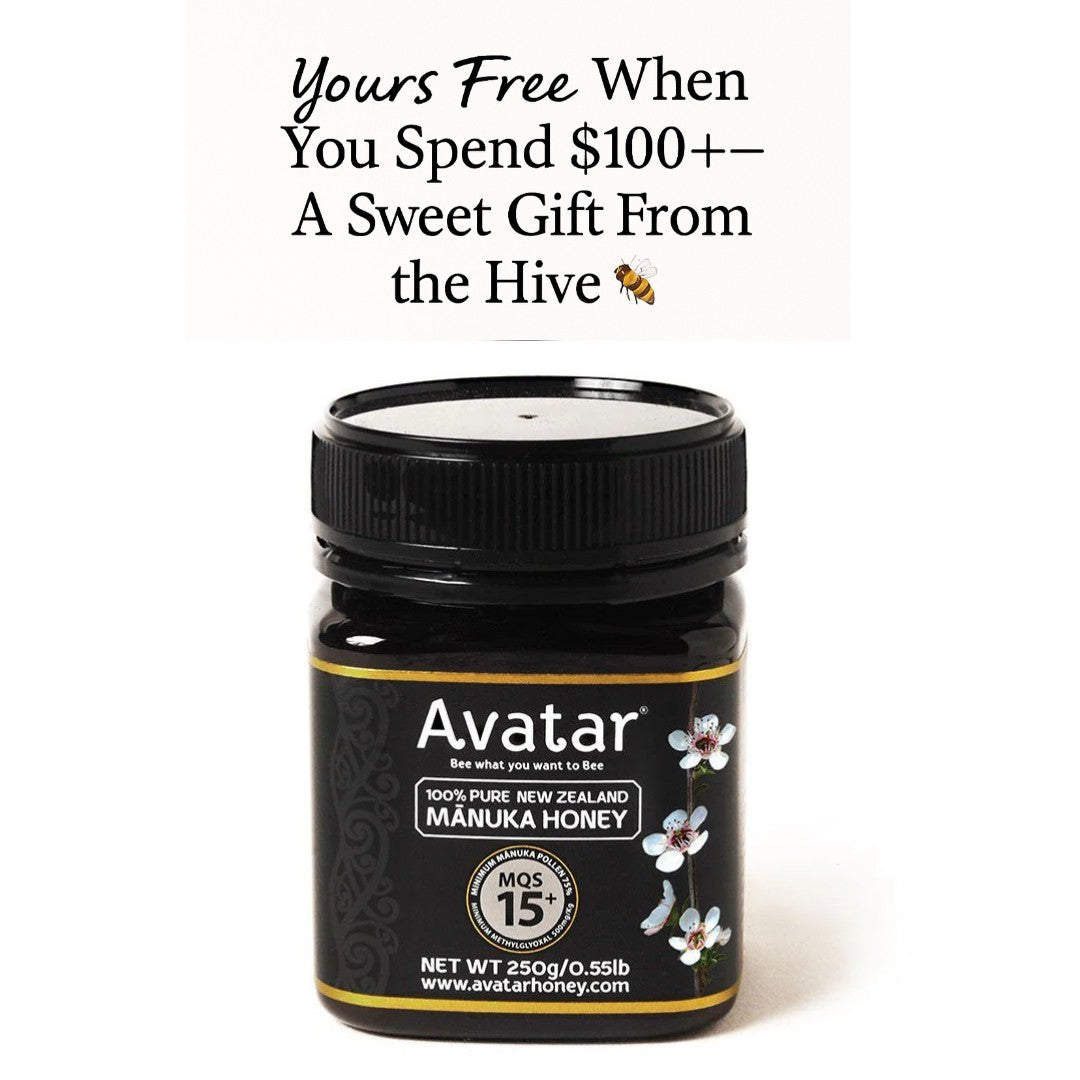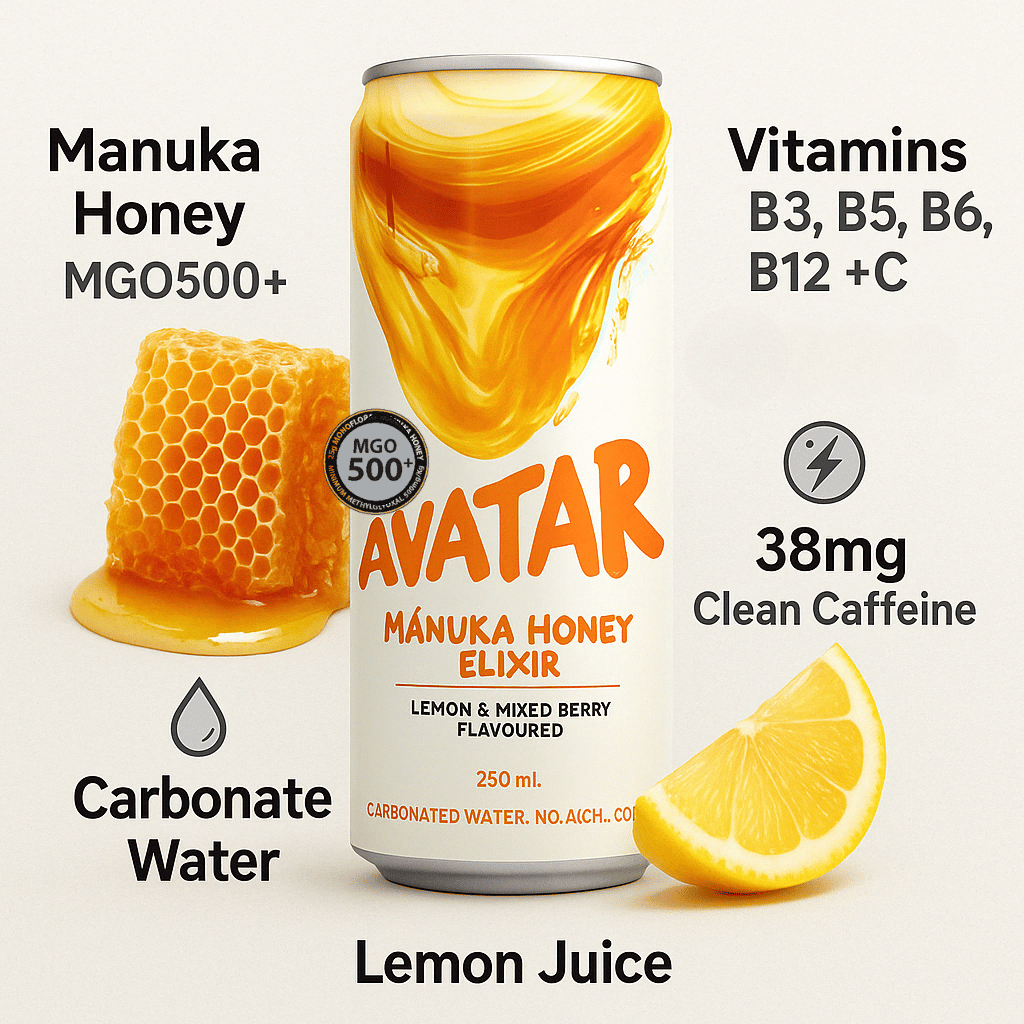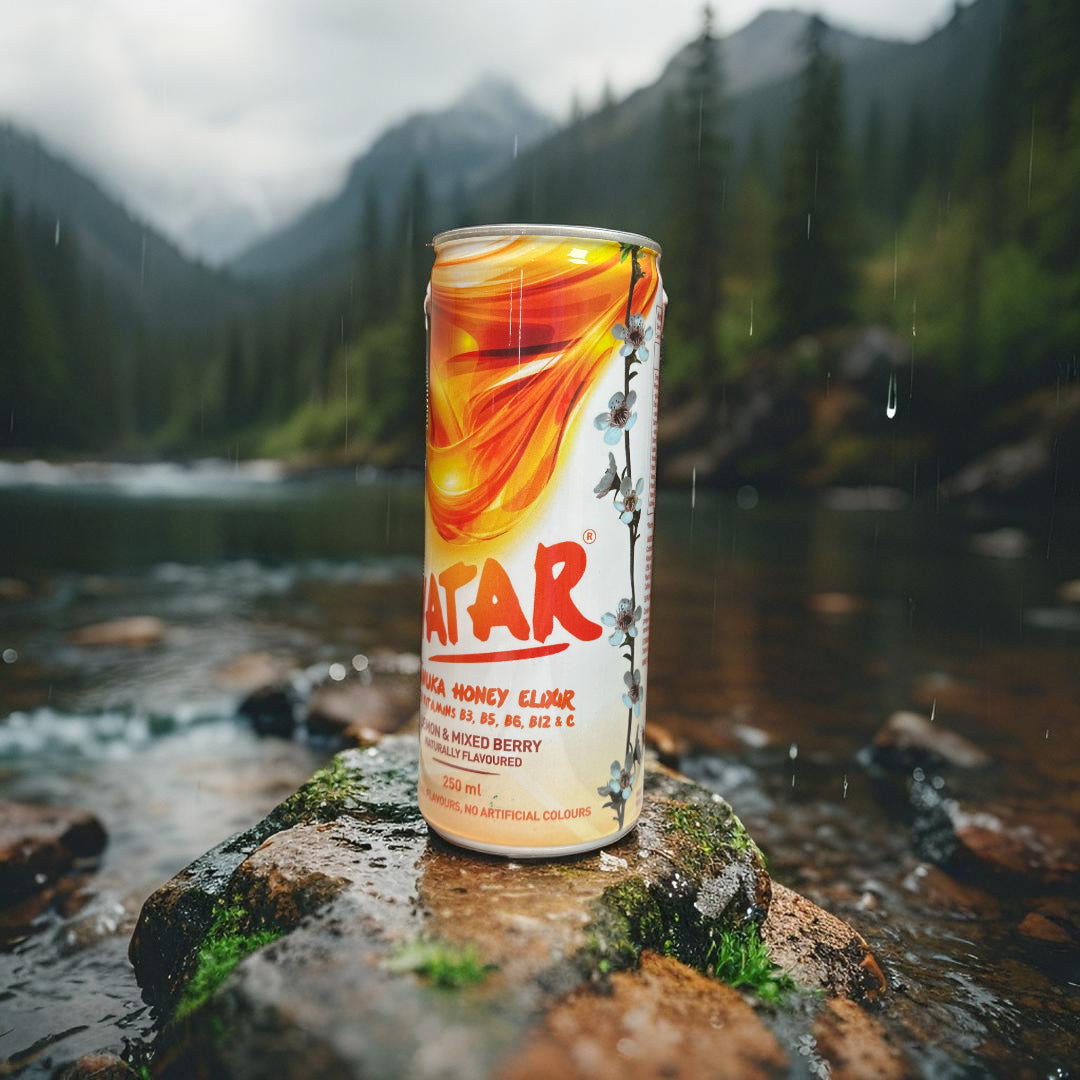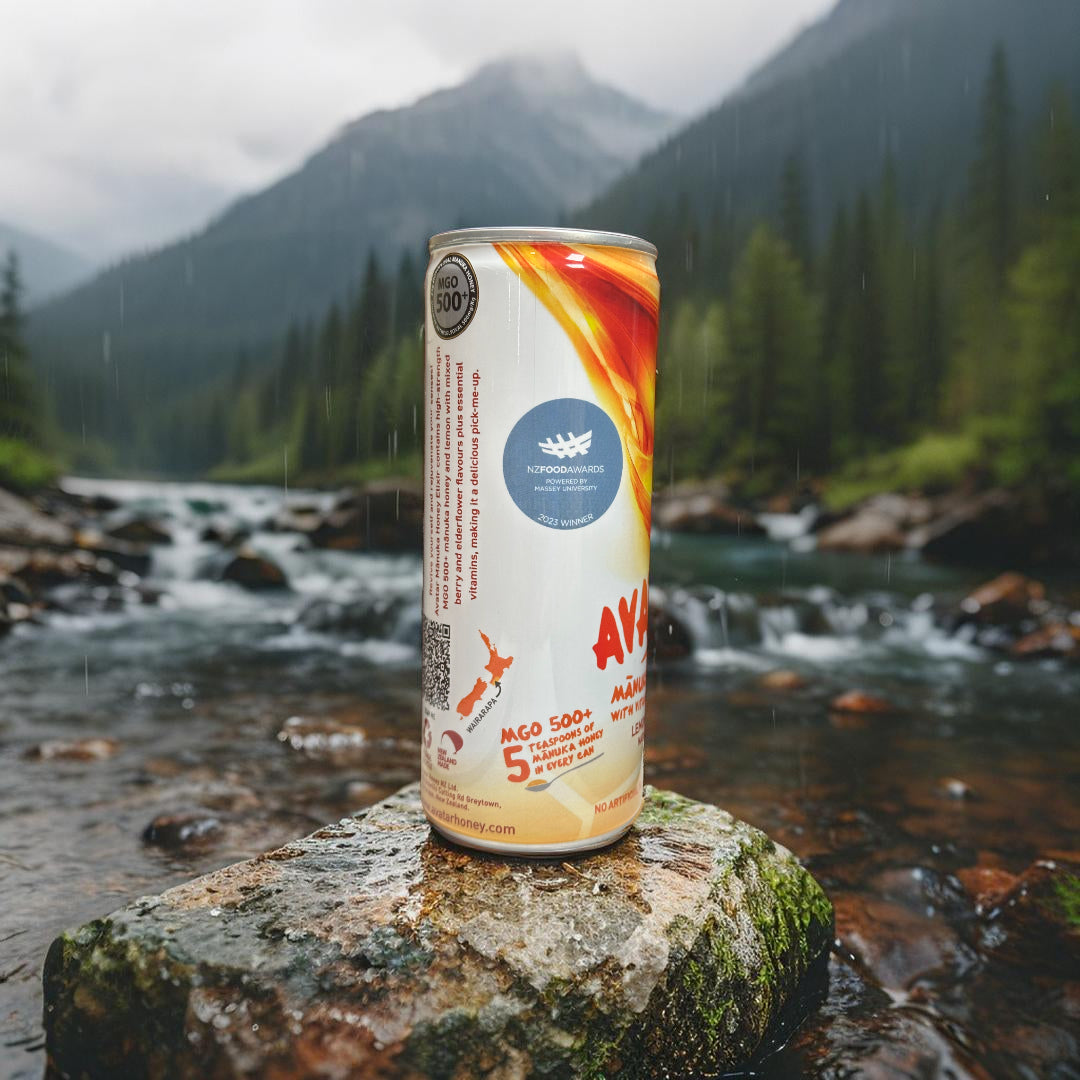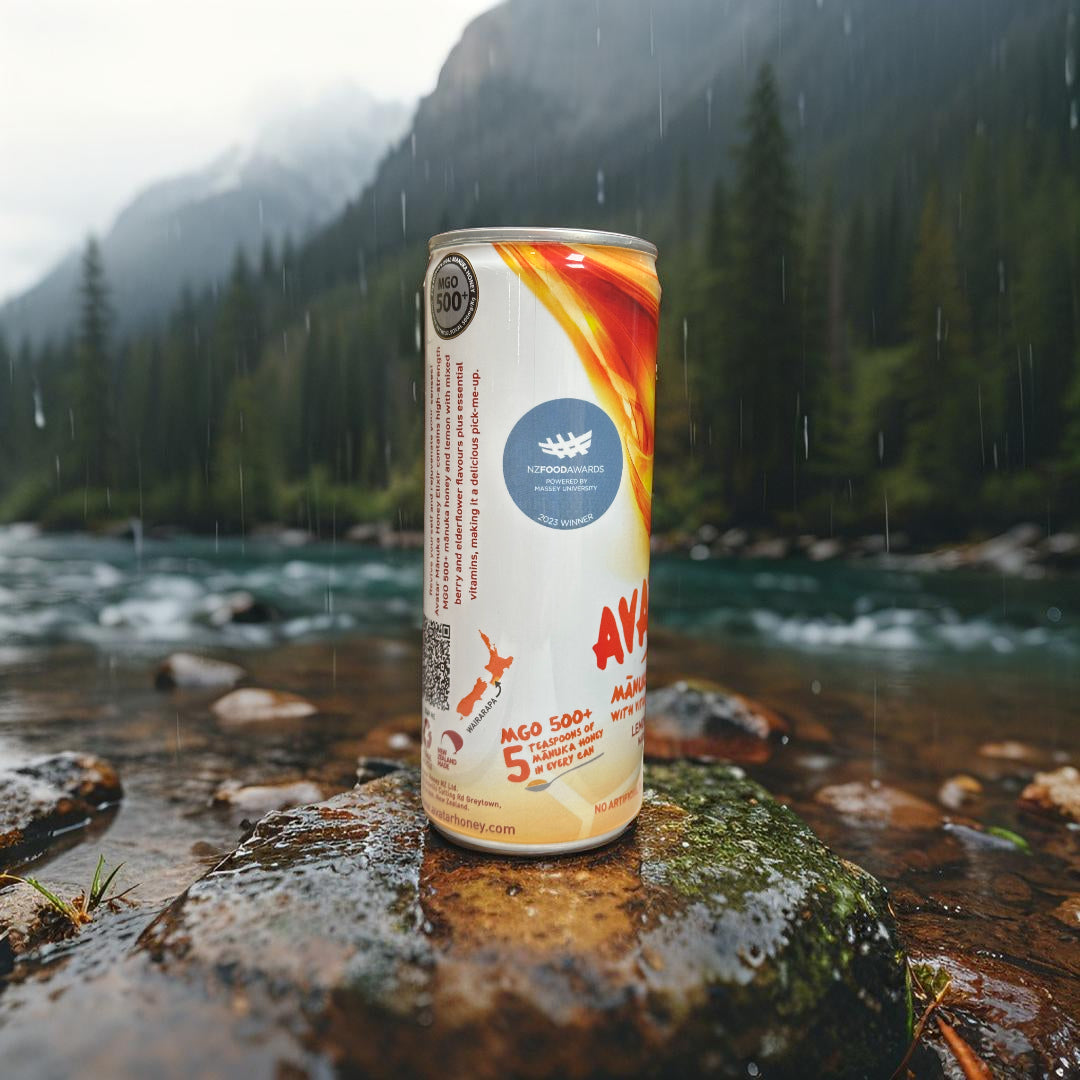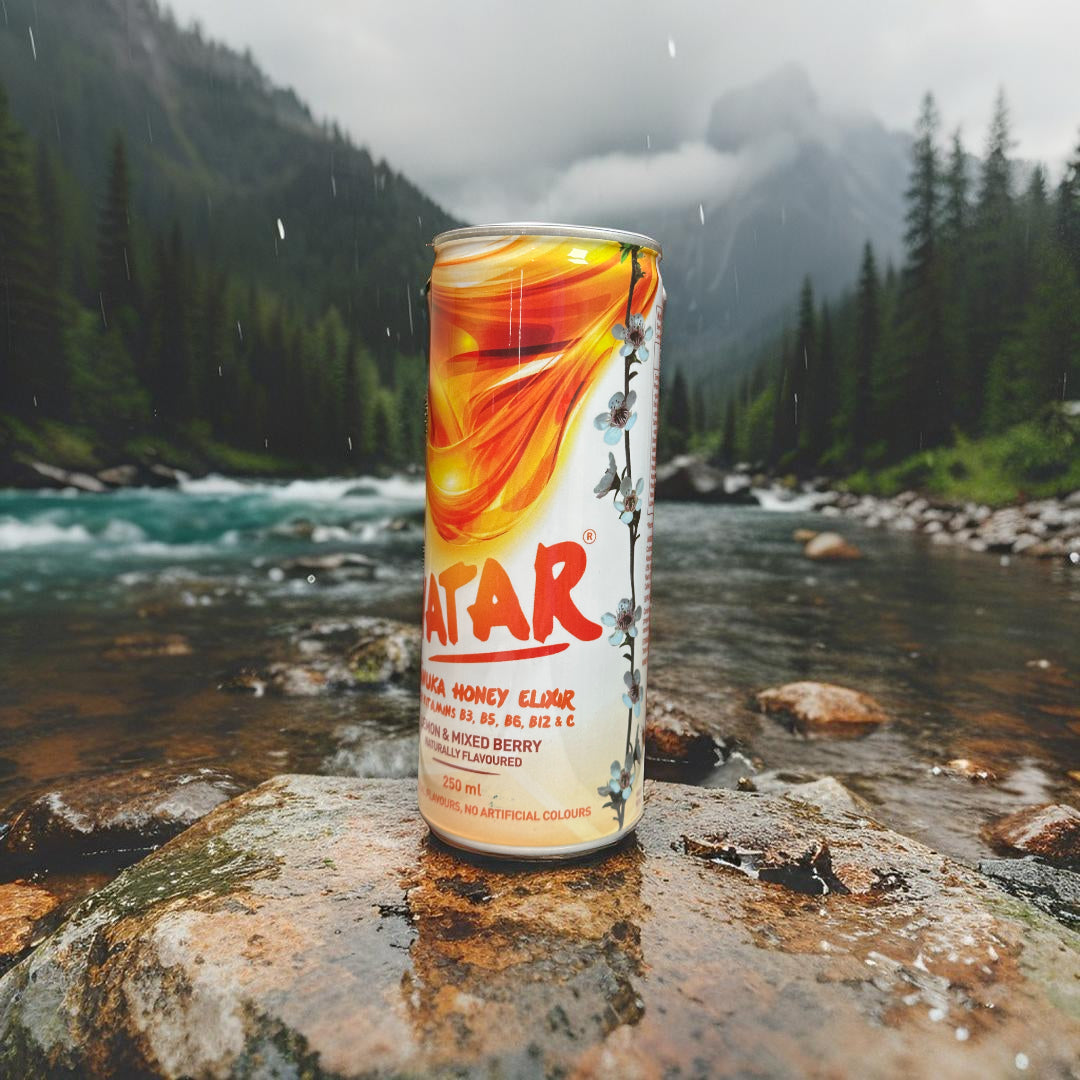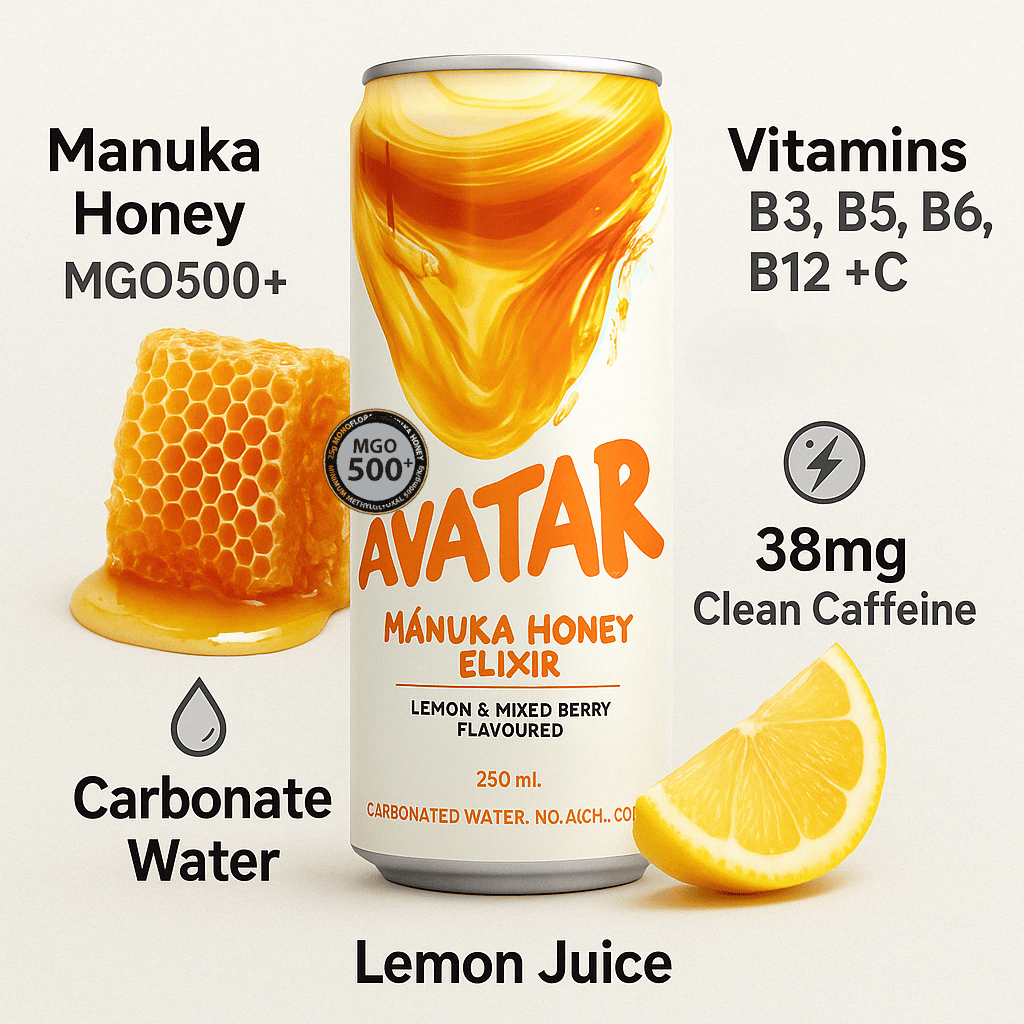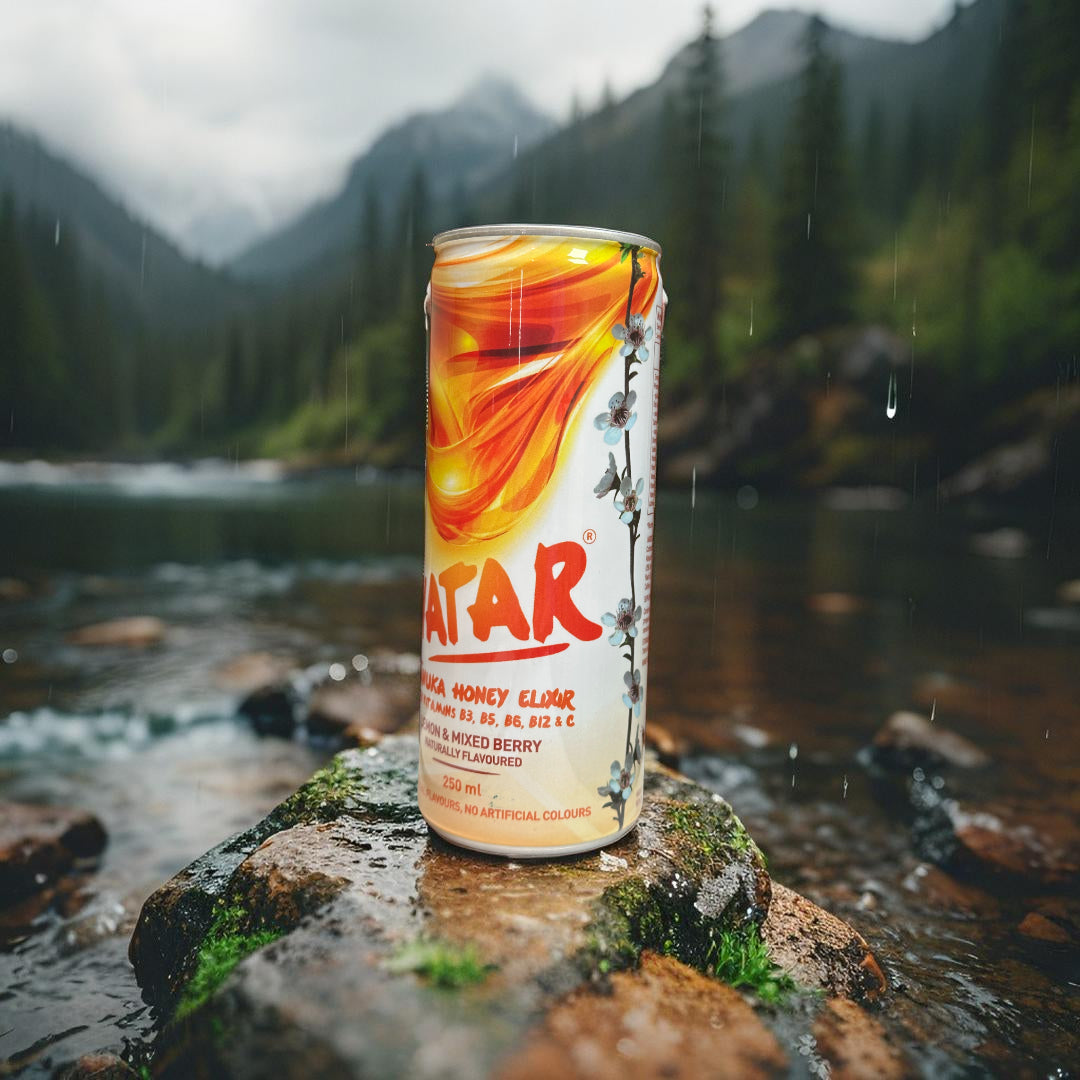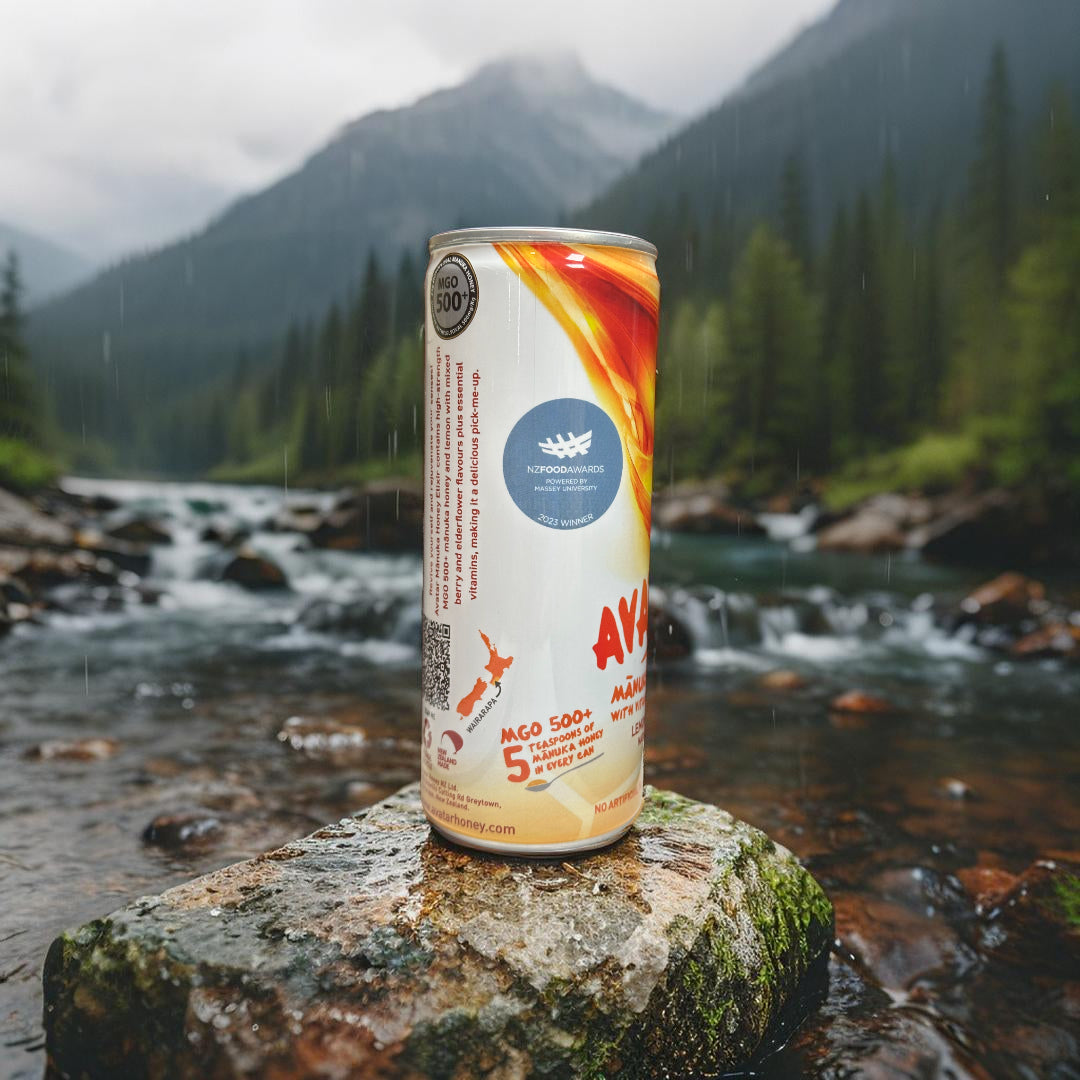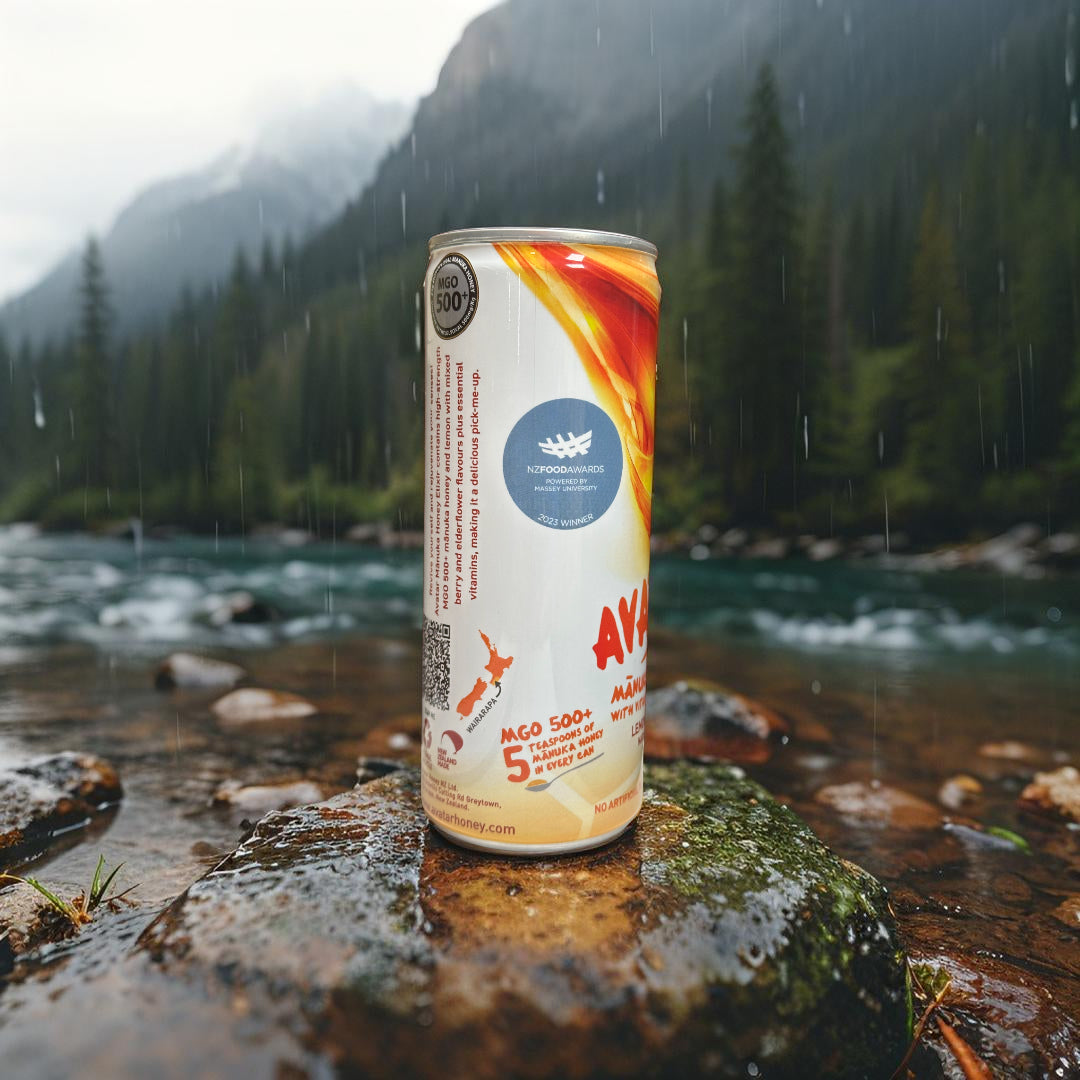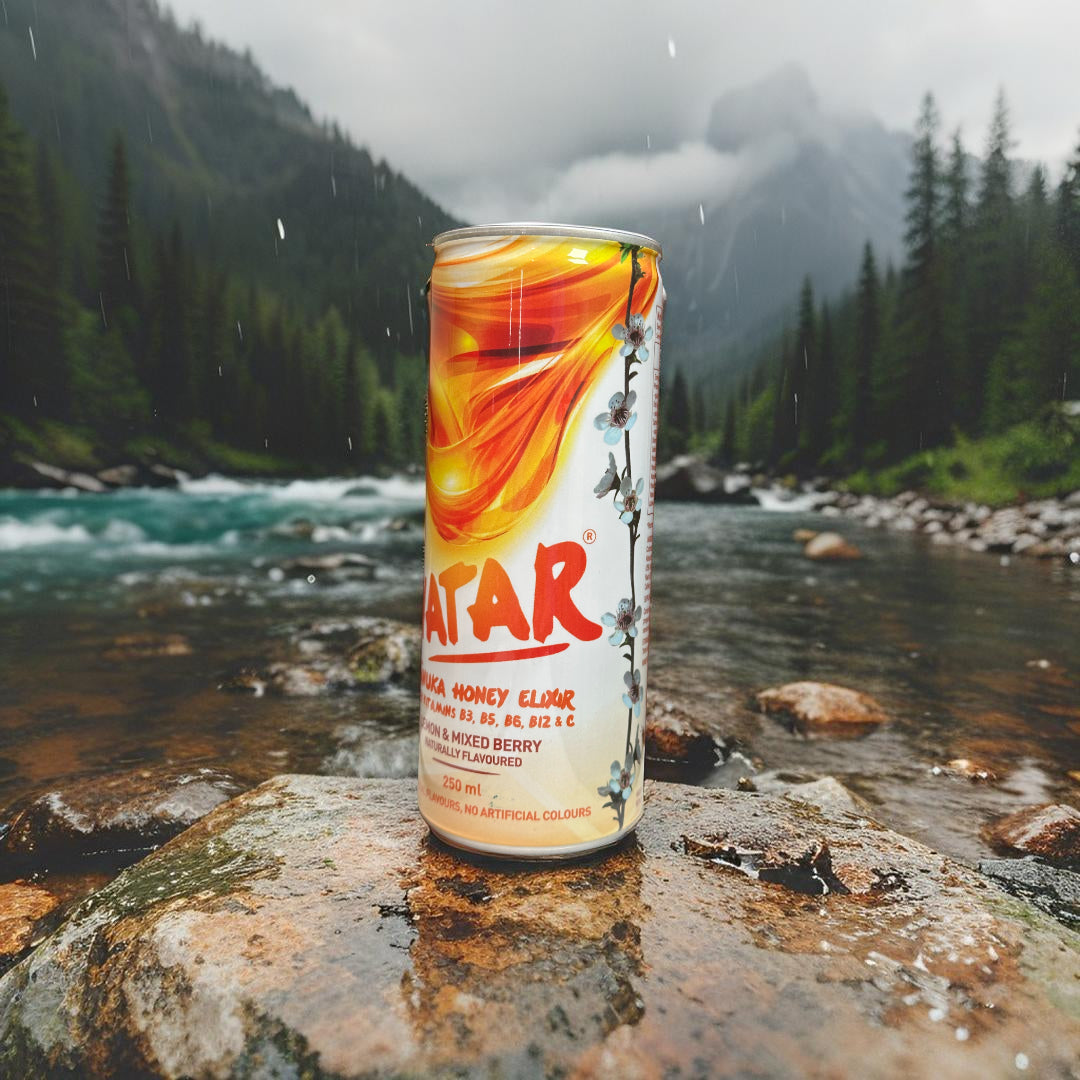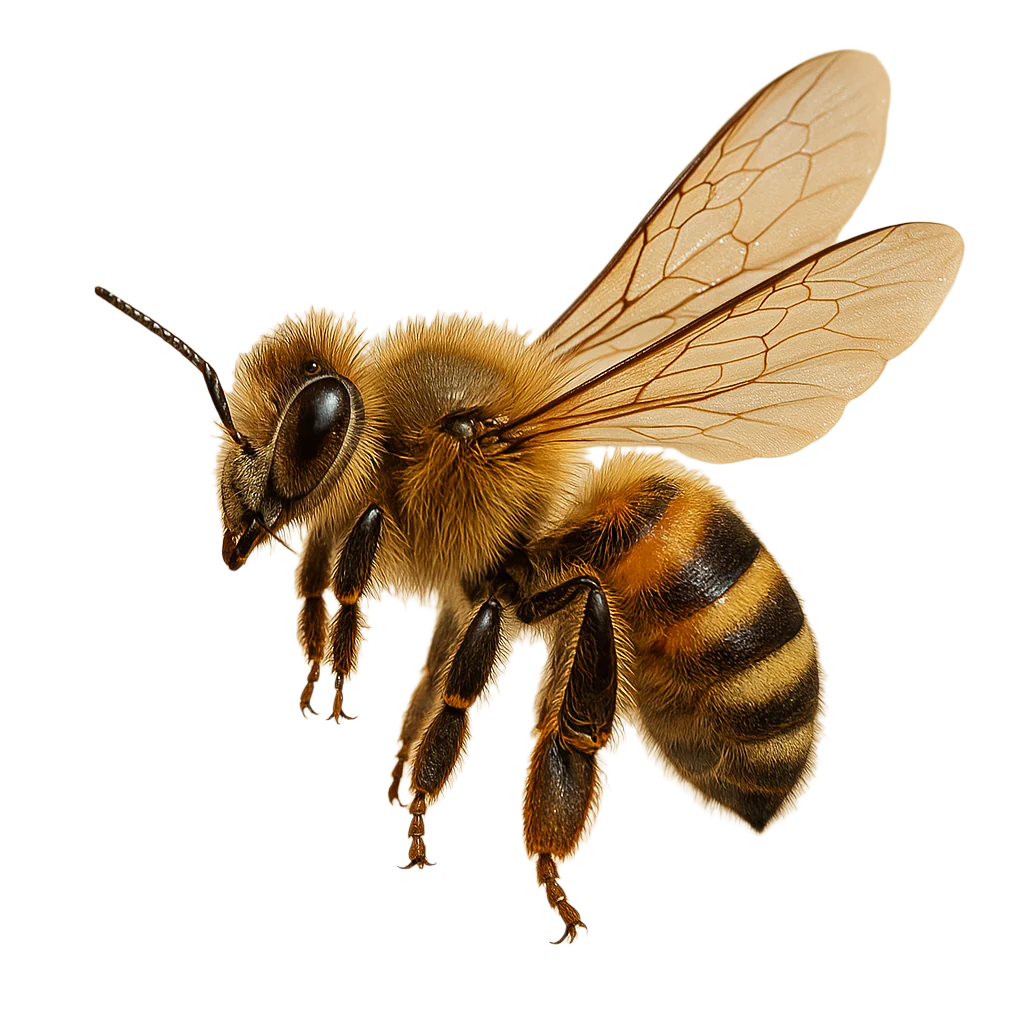👑 The Queen Bee: Nature’s Real Royalty
She doesn’t wear a crown, but she rules a kingdom. Deep inside every thriving beehive lives one extraordinary female: the queen bee. She’s the mother of the colony, the chemical commander, and the literal heart of the hive.
And in many ways, she’s the ultimate symbol of quiet, feminine power, a sovereign supported by thousands, yet entirely irreplaceable. Much like the rare Mānuka flower that blooms for just a few short weeks each year, the queen’s presence is both fleeting and essential.
🐣 How a Queen Is Born (Hint: It's Not Genetics)
Every queen bee starts the same way as a worker: from a fertilised egg. The difference is diet. At about three days old, certain lucky larvae are chosen by nurse bees and fed a superfood called royal jelly. It’s rich in protein, nutrients, and bioactive compounds, and it flips a biological switch.
This special diet transforms an ordinary female larva into something regal: a queen with fully developed ovaries, a longer body, and a destiny to rule.
🧬 The Queen Bee Life Cycle
- Day 0–3: Egg stage (identical to a worker)
- Day 3–8: Fed exclusively on royal jelly
- Day 8–16: Pupates inside a special vertical queen cell
- Day 16: Emerges, ready to reign — or fight for it
Queen bees develop faster than workers or drones. And sometimes, if multiple queens hatch, they’ll battle until one survives. It’s one of nature’s rare examples of queen bee competition, fierce and final.
💍 Mating Flights & Sperm Storage
Within a week of hatching, the new queen takes her nuptial flights. She’ll soar into the sky, followed by a cloud of drones, and mate with up to 20 of them mid-air. It’s her one and only chance. The sperm is stored in a special sac called a spermatheca and used for the rest of her life.
A successful queen may lay over a million eggs, up to 2,000 per day during peak season.
🌸 Bigger, Stronger, Built to Lead
The queen isn’t just symbolic, she’s physically different:
- ✔️ Longer body (18–22 mm) with a tapered abdomen
- ✔️ Wings that don’t reach the end of her body
- ✔️ Longer legs, ideal for precision egg-laying
- ✔️ Doesn’t forage, build, or feed herself — she’s attended to
She’s not pampered, she’s specialised. Everything about her form supports the hive’s success. Her appearance is so distinct that seasoned beekeepers can spot her immediately among thousands.
🌬️ Pheromones: Her Invisible Crown
The queen bee controls her colony through chemistry. She emits pheromones, natural scent signals that:
- 👃 Prevent the development of rival queens
- 🧠 Regulate worker behaviour and egg production
- 🔁 Indicate when it’s time to swarm or replace her
These queen-specific pheromones are vital to hive stability. When her scent weakens, the hive begins the process of supersedure, preparing to replace her.
🔄 Supersedure, Swarming, and Legacy
Queens typically live 2–5 years, far longer than worker bees, whose life cycle may be just weeks during foraging season. When the queen’s output declines, the hive raises a replacement. Or if the colony outgrows the space, she’ll leave in a swarm to begin anew.
In both cases, the hive’s future is entrusted to a new queen — a fresh start, driven by instinct and biology.
🍯 Her Role in Mānuka Honey and Avatar Elixir
Without the queen, there is no colony. Without the colony, there is no honey. And without honey, especially MGO500+ grade Mānuka honey, there is no Avatar Elixir.
The queen sets the rhythm for the hive. Her health and leadership make the seasonal bloom of Mānuka flowers truly count, guiding her daughters to collect nectar, make honey, and support the next generation.
💛 Why She Resonates With So Many of Us
Most of our community already knows this intuitively: the queen bee is more than a biological role, she’s a symbol.
She leads quietly. She nourishes continuously. She’s protected, but essential. She doesn’t do it all alone — but without her, nothing happens.
To the women (and wellness lovers of all kinds) who drink Avatar Elixir, we see you. Raise a can to the queens in your world, and the ones working behind every golden drop of honey.
*Educational content only. Always consult your trusted wellness professional for individual health advice.*
🐝 Queen Bee FAQs
What makes a queen bee different from a worker bee?
While all female bees start as fertilised eggs, queen bees are fed only royal jelly during development. This transforms their biology, giving them a longer body, developed ovaries, and the ability to lay thousands of eggs.
How long does a queen bee live?
A healthy queen bee typically lives 2 to 5 years, much longer than worker bees. Her lifespan and fertility directly influence the health and productivity of the entire hive.
Do queen bees make honey?
No, the queen bee does not forage or make honey. Her main role is to lay eggs and release pheromones that guide the hive’s behaviour. The worker bees are responsible for collecting nectar and producing honey.
What is supersedure in beekeeping?
Supersedure is the process by which a hive replaces its queen. This can happen when her pheromones weaken or egg-laying declines. The bees raise a new queen while the old one is still present, and one will eventually take over.

